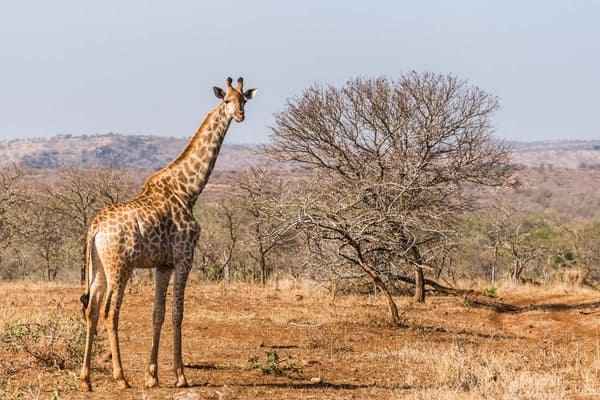Giraffes: Giants of the Savanna
Giraffes are the tallest land animals in the world, known for their towering height, long necks, and distinctive spotted coats. Found primarily in the savannas of Africa, these gentle giants are a true spectacle of nature. A giraffe’s height allows it to reach leaves high up in trees that other herbivores can't access, making them vital contributors to the ecosystem by trimming tall trees and allowing sunlight to reach smaller plants below.
Giraffes can grow up to 18 feet tall, with their necks alone stretching up to 6 feet long. Despite their necks being incredibly long, giraffes have the same number of neck vertebrae as humans—seven. Their tongues, which can be up to 20 inches in length, are prehensile, allowing them to grasp leaves and branches with ease.
One of the most fascinating aspects of giraffes is their cardiovascular system. Because their necks are so long, giraffes need an extremely powerful heart to pump blood to their brains. Their hearts can weigh up to 25 pounds, and their blood pressure is among the highest of any animal. This unique adaptation helps them avoid fainting when they bend down to drink water.
Giraffes are social animals and live in loose groups, usually composed of females and their young, while males tend to roam more independently. They communicate with each other using infrasonic sounds—vocalizations that are too low for humans to hear.
Despite their grandeur, giraffes face threats from habitat loss and poaching. Their populations have decreased by nearly 40% over the last 30 years. Conservation efforts are underway to protect these magnificent animals, focusing on preserving their natural habitats and combatting illegal poaching activities.

